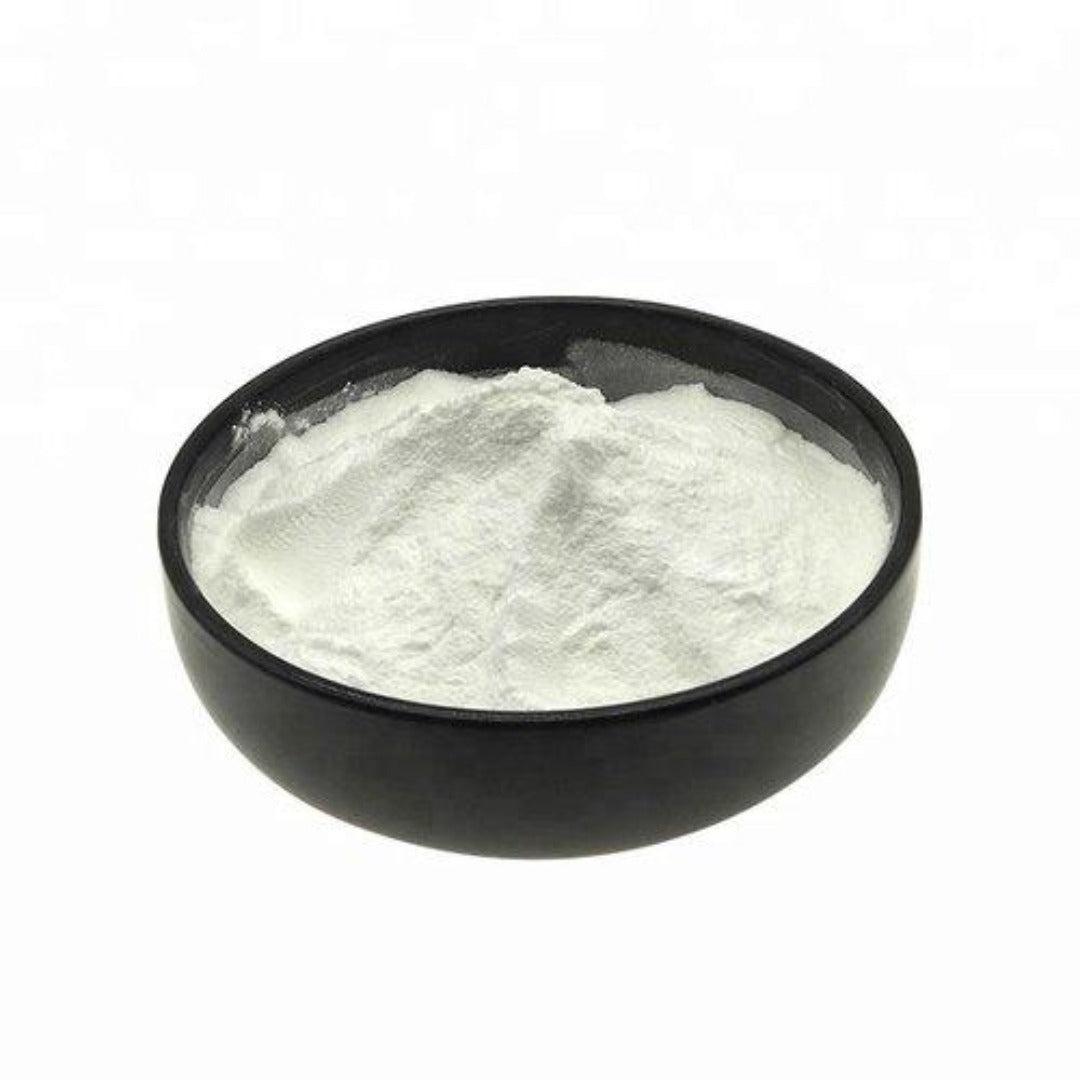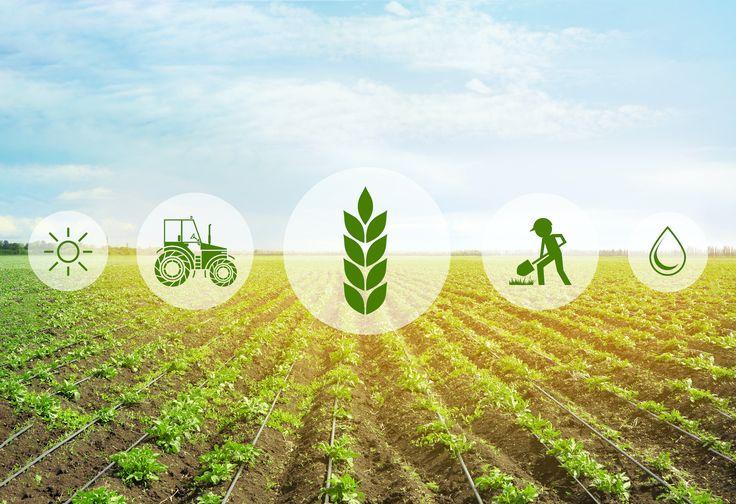Unlocking the Benefits of KMB (Potassium Mobilizing Bacteria): A Comprehensive Guide

What is KMB (Potassium Mobilizing Bacteria)?
KMB, or Potassium Mobilizing Bacteria, is a bio-fertilizer used to enhance the availability of potassium in the soil for plant uptake. Potassium is a vital nutrient for plants, promoting root growth, photosynthesis, disease resistance, and overall crop productivity. However, much of the soil's potassium is in an insoluble form, making it inaccessible to plants. KMB works by breaking down these insoluble forms into soluble potassium, ensuring plants receive this critical nutrient effectively.
Importance of Potassium in Agriculture
- Root Development: Potassium strengthens roots, allowing plants to anchor firmly and absorb water and nutrients efficiently.
- Improved Photosynthesis: It plays a significant role in chlorophyll production, leading to better energy generation.
- Stress Tolerance: Potassium enhances a plant's ability to withstand drought, pests, and diseases.
- Fruit Quality: Potassium-rich plants produce fruits with better size, taste, and shelf life.
- Enhanced Yield: Proper potassium levels directly correlate with increased crop yield and quality.
How KMB Works in Soil
KMB consists of beneficial microbes that secrete organic acids and enzymes capable of dissolving insoluble potassium compounds, such as mica, feldspar, and clay minerals. The process involves:
- Mineral Solubilization: Breaking down potassium-bearing minerals into soluble forms.
- Release of Acids: Production of organic acids that help leach potassium into the soil solution.
- Nutrient Cycling: Enhancing the overall nutrient cycling process, improving soil fertility and structure.
- Plant Uptake: Making potassium readily available for plant absorption through roots.
Benefits of KMB in Agriculture
- Eco-Friendly Solution: KMB reduces the dependence on chemical fertilizers, promoting sustainable farming.
- Cost-Effective: Using KMB minimizes the expense of potassium fertilizers, saving costs for farmers.
- Improved Soil Health: It enhances soil microbial diversity, leading to better soil texture and fertility.
- Higher Yield: By mobilizing potassium, KMB ensures plants receive sufficient nutrients, resulting in better yields.
- Reduction in Nutrient Loss: KMB prevents potassium from being washed away by rain or irrigation.
- Compatibility with Other Inputs: It can be used alongside other fertilizers and pesticides without adverse effects.
Applications of KMB
1. Soil Application
- Mix 1–2 kg of KMB with organic manure or soil and apply it uniformly to the field.
- Suitable for cereal crops, fruits, vegetables, and oilseeds.
2. Seed Treatment
- Coat seeds with a slurry made of KMB and water before sowing.
- Enhances germination rates and ensures the seedlings have access to potassium from the start.
3. Foliar Spray
- Dilute KMB in water and spray directly on plant leaves.
- Helps in quick absorption of potassium during critical growth stages.
4. Drip Irrigation
- Add KMB to irrigation water to distribute the bacteria uniformly across the field.
- Ideal for high-value crops like fruits, vegetables, and ornamentals.
Crops Benefited by KMB
- Cereal Crops: Rice, wheat, maize, barley, sorghum, and millets.
- Fruit Crops: Banana, mango, apple, citrus, grapes, and pomegranate.
- Vegetable Crops: Potato, tomato, cucumber, cabbage, and okra.
- Oilseeds and Pulses: Groundnut, soybean, mustard, chickpeas, and lentils.
- Cash Crops: Sugarcane, cotton, and tobacco.
Step-by-Step Guide to Using KMB
- Preparation: Determine the appropriate application method based on crop type and growth stage.
- Mixing: Always mix KMB with organic materials or water to ensure uniform application.
- Application: Apply KMB during sowing, transplantation, or at the flowering stage for maximum benefits.
- Storage: Store KMB in a cool, dry place to maintain its efficacy. Avoid exposure to sunlight or moisture.
Comparison: KMB vs. Chemical Fertilizers
| Feature | KMB | Chemical Fertilizers |
|---|---|---|
| Environmental Impact | Eco-friendly and sustainable | May cause soil degradation |
| Cost | Low and affordable | Relatively expensive |
| Nutrient Release | Slow and consistent | Rapid but short-term |
| Soil Health | Enhances soil fertility | Can lead to soil salinity |
| Residue | Leaves no harmful residue | May leave chemical residues |
Challenges in Using KMB
- Storage and Shelf Life: KMB products must be stored correctly to preserve microbial activity.
- Soil Conditions: KMB may not be as effective in soils with extreme pH or salinity.
- Awareness: Many farmers lack knowledge about bio-fertilizers, limiting its adoption.
- Availability: Limited availability in remote areas can hinder its usage.
Future Prospects of KMB in Agriculture
- Sustainability: As agriculture moves towards eco-friendly practices, KMB will play a crucial role in replacing chemical fertilizers.
- Yield Maximization: Continuous research and development are expected to enhance KMB's efficiency further.
- Government Support: Policies promoting bio-fertilizers will boost the adoption of KMB.
- Integration with Modern Techniques: Combining KMB with precision agriculture and IoT can optimize nutrient delivery.
Why Choose Bulkagrochem.com for KMB?
At Bulkagrochem.com, we offer premium-quality KMB bio-fertilizers tailored for diverse crops. Our products are:
- 100% Organic: Free from harmful chemicals, ensuring safe and sustainable farming.
- Highly Effective: Proven to improve crop yield and soil health.
- Affordable: Cost-effective solutions for all types of farmers.
- Expert Support: Guidance from agricultural experts to maximize results.
Visit our website, Bulkagrochem.com, to explore a wide range of agricultural inputs designed for modern farming.
Conclusion
KMB (Potassium Mobilizing Bacteria) is a game-changer for farmers seeking sustainable and cost-effective solutions to improve crop yields. Its ability to unlock insoluble potassium in the soil ensures plants receive essential nutrients, leading to better growth, higher productivity, and healthier produce. As the world embraces eco-friendly agricultural practices, incorporating KMB into farming systems will pave the way for a greener, more sustainable future.
FAQs
Q1. What is the shelf life of KMB bio-fertilizer?
KMB bio-fertilizers typically have a shelf life of 1–2 years when stored in cool, dry conditions.
Q2. Can KMB replace all chemical fertilizers?
While KMB is highly effective, it works best as part of an integrated nutrient management system alongside other fertilizers.
Q3. How soon can results be seen after applying KMB?
Results can vary depending on soil conditions, but noticeable improvements in plant health and growth are typically observed within weeks.
Q4. Is KMB safe for organic farming?
Yes, KMB is 100% organic and certified for use in organic farming systems.
Q5. Can KMB be used for hydroponic farming?
Yes, KMB can be applied in hydroponic systems to ensure adequate potassium availability.
- Art
- Causes
- Crafts
- Dance
- Drinks
- Film
- Fitness
- Food
- Jogos
- Gardening
- Health
- Início
- Literature
- Music
- Networking
- Outro
- Party
- Religion
- Shopping
- Sports
- Theater
- Wellness





